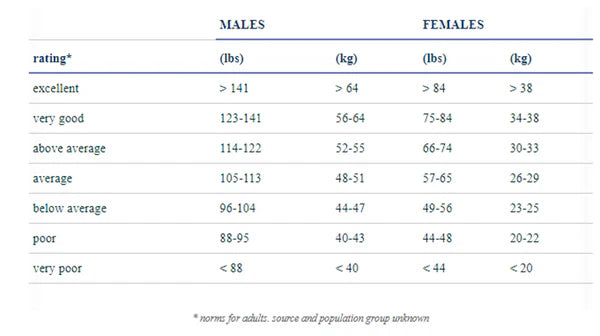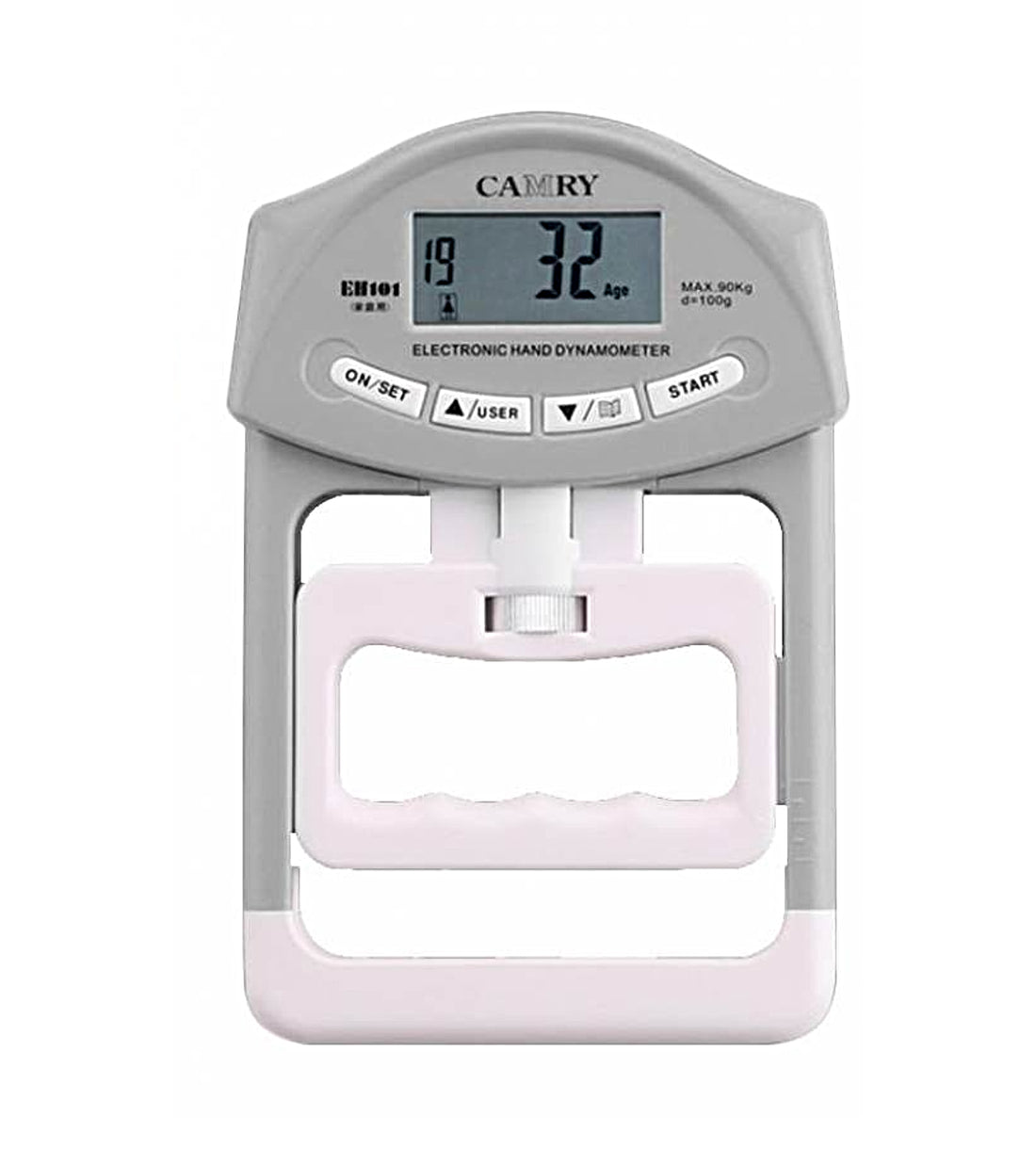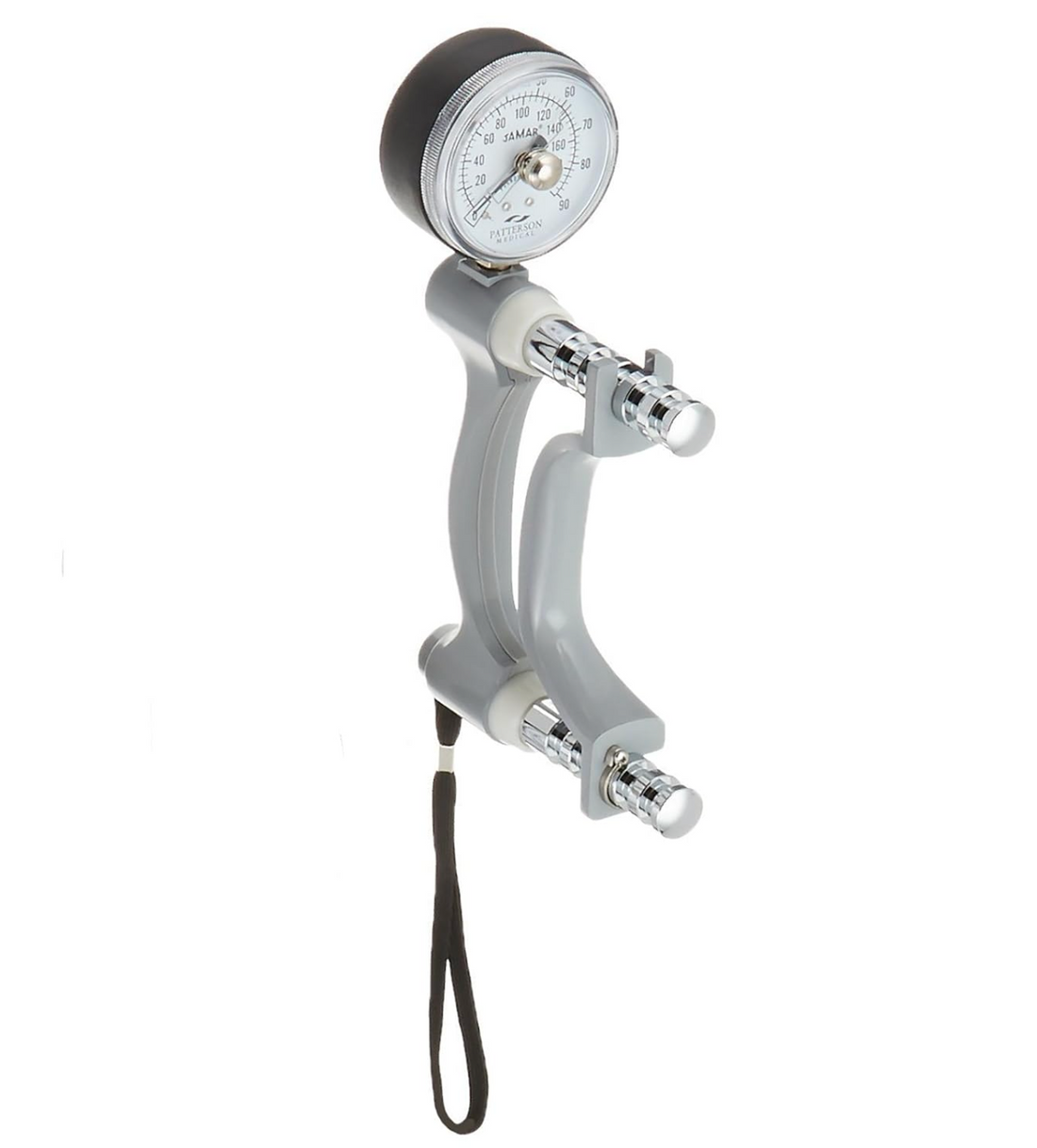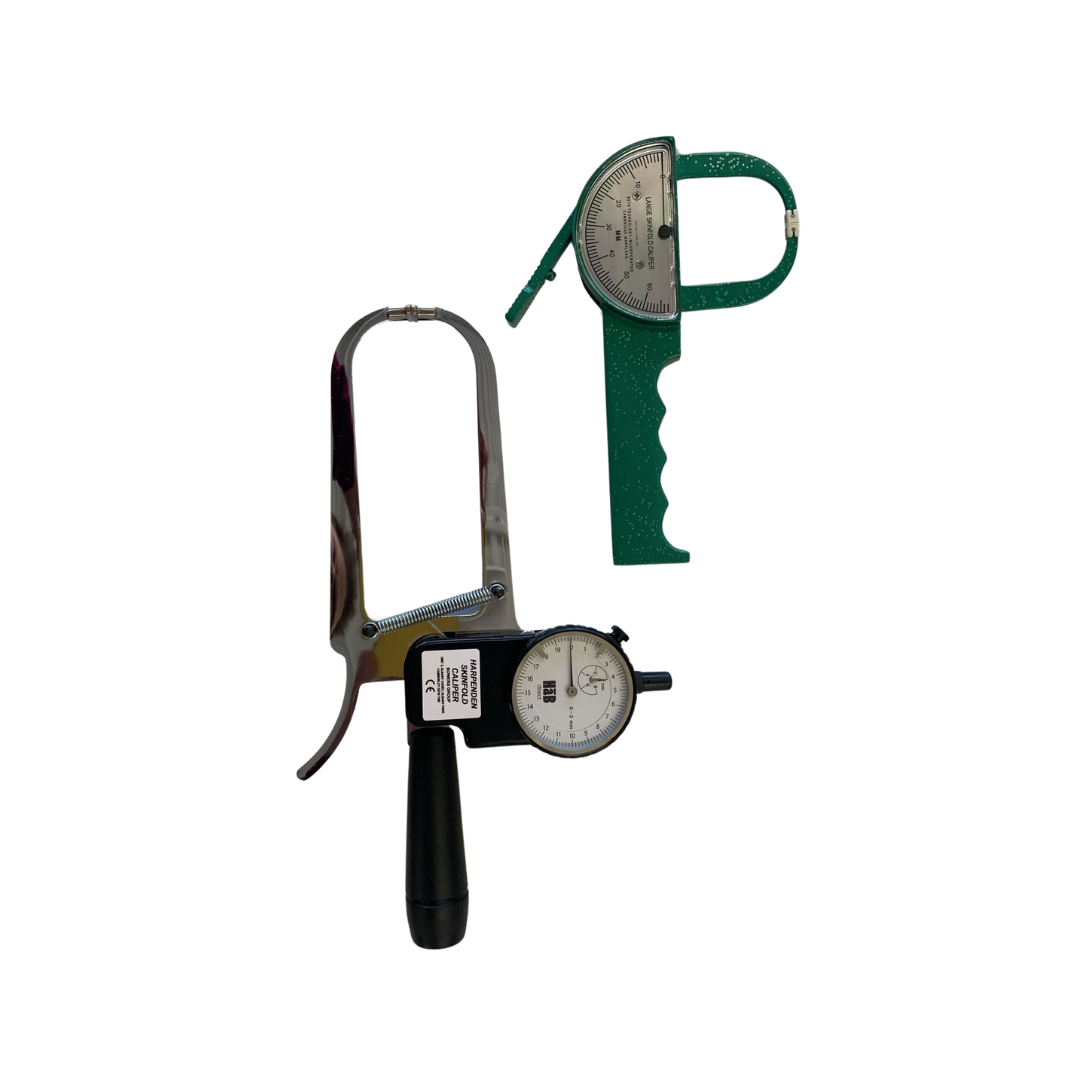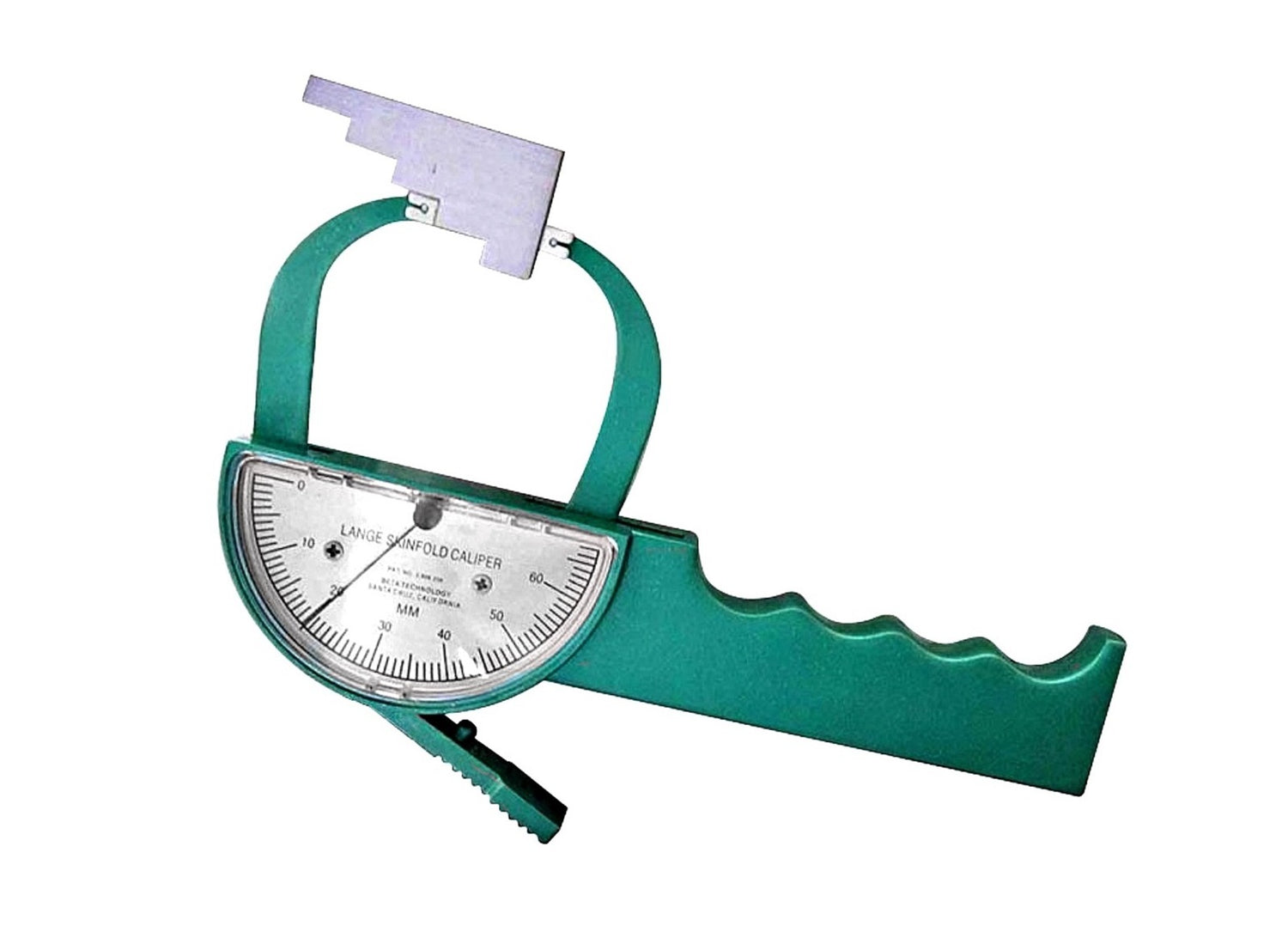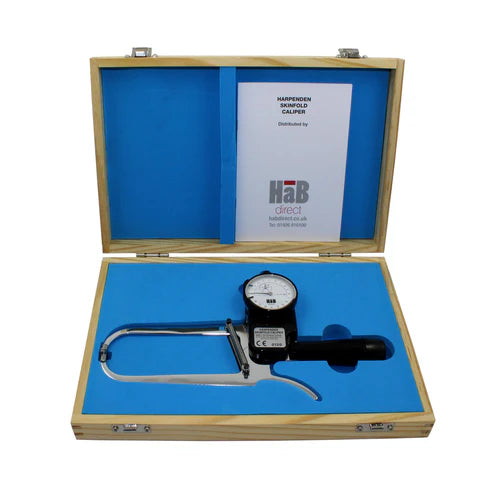A hand dynamometer is a device used to measure grip strength, providing an objective assessment of hand and forearm muscle function. The hand grip strength measurement test evaluates the isometric strength of the muscles in the hand and forearm, which is crucial for identifying strength levels in sports that rely heavily on the hands and arms, as well as in physical therapy to pinpoint muscular weaknesses.
Before performing the test, it is essential to ensure that the dynamometer is well-calibrated and to collect user data such as sex, age, weight, height, and dominant hand, as modern dynamometers often incorporate these variables into their results.
During the test, the individual squeezes the device, and the dynamometer measures and displays the grip strength in units of force. This measurement aids healthcare professionals in developing personalized treatment plans, monitoring patient recovery, and comparing an individual's strength to normative data. Overall, a hand dynamometer is a valuable tool for assessing muscular strength and functional performance.



